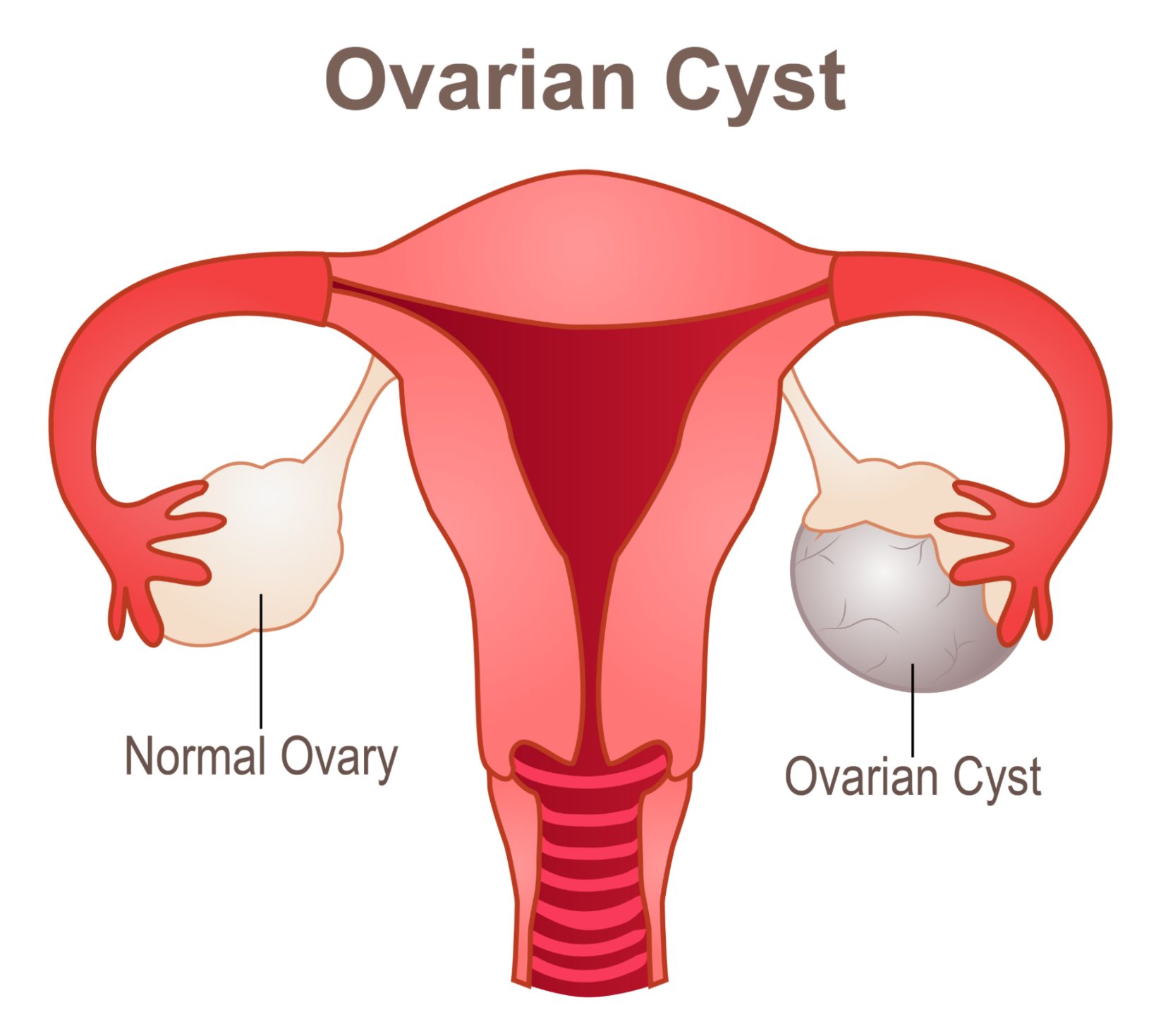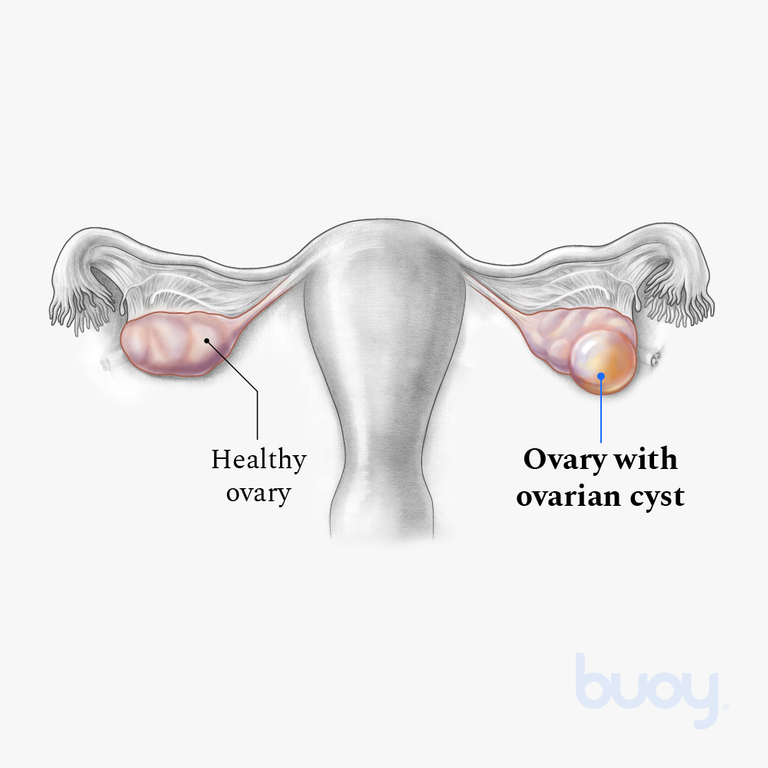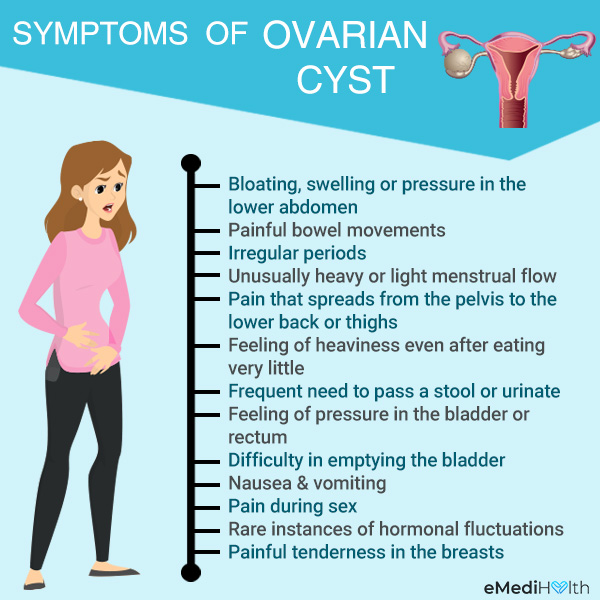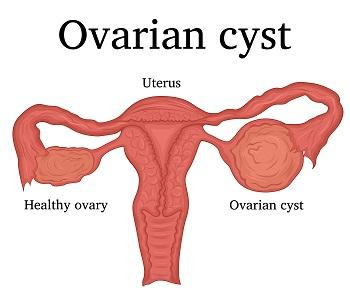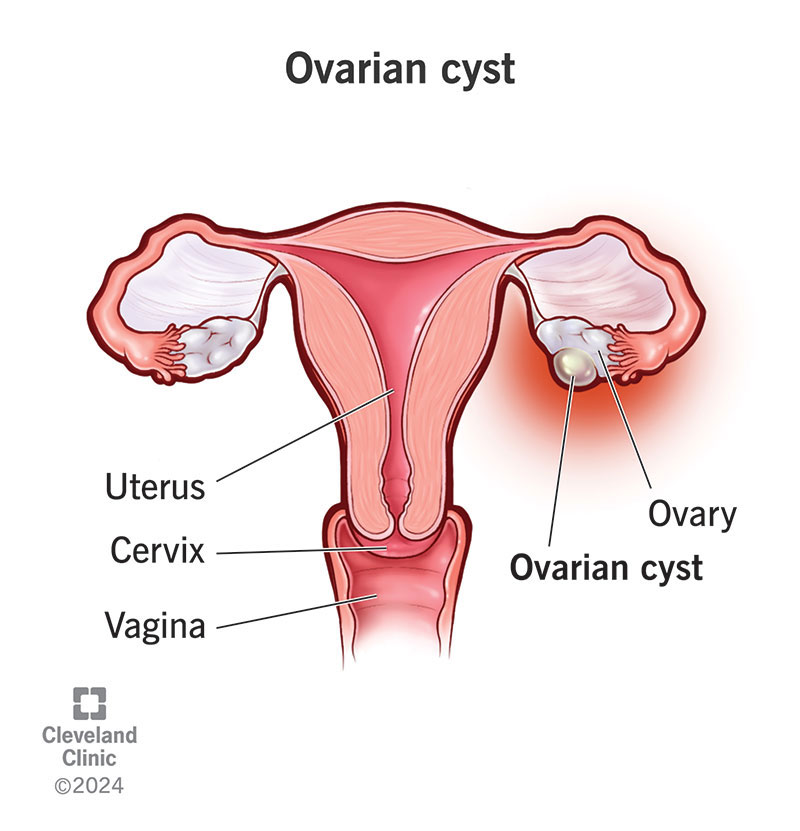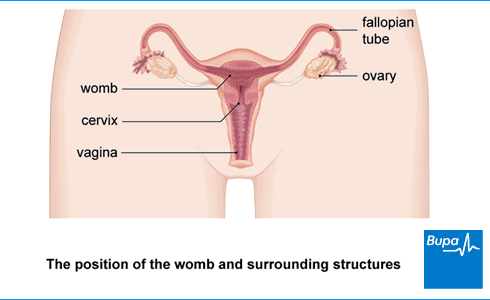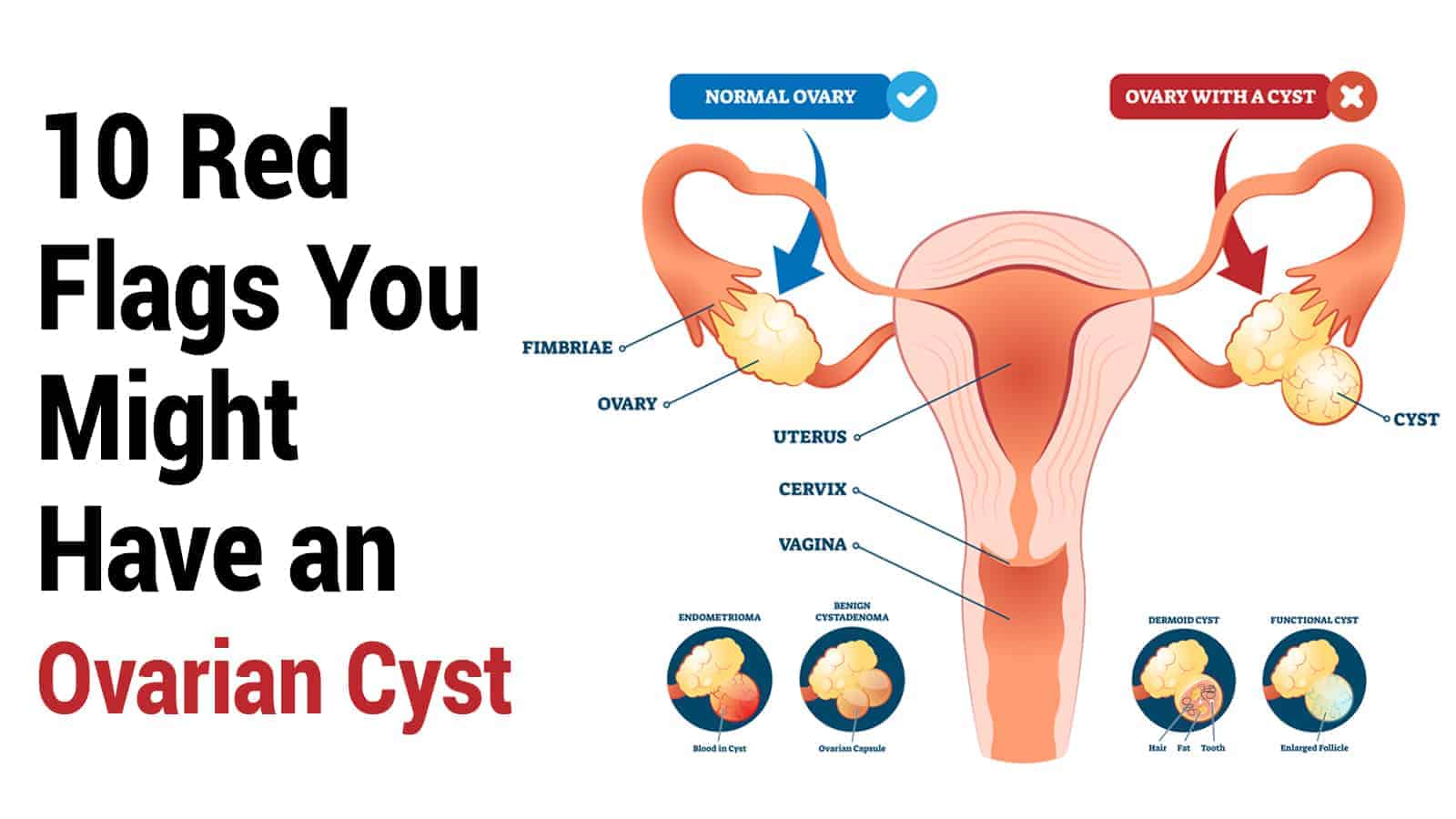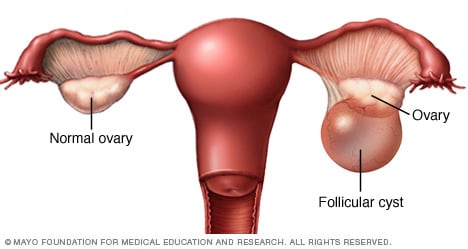Looking Good Tips About How To Check For Ovarian Cysts
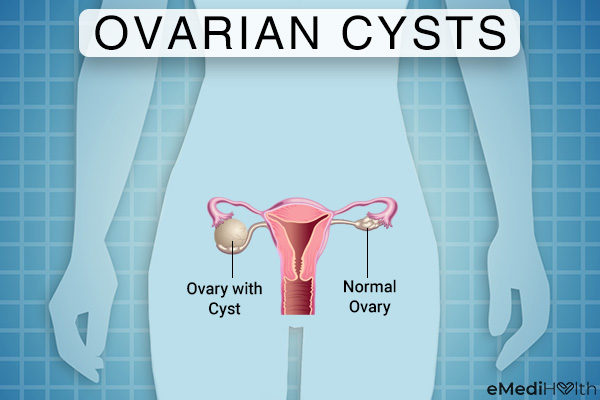
While most ovarian cysts are benign, women and their caregivers should be vigilant about them, responding to feelings of pain and other signals that may mark the presence of.
How to check for ovarian cysts. Diagnosing ovarian cysts may include: Obstetrics and gynecology (obgyn) from. There, your healthcare provider might use one of.
Bloating and a swollen tummy. A cyst on your ovary can be found during a pelvic exam or on an imaging test, such as a pelvic ultrasound. Placing a hot water bottle or warm compress on your abdomen can temporarily relieve any pain you might be experiencing.
This means you will not receive immediate treatment, but you may have an ultrasound scan a few weeks or months later to check if the cyst has gone. A frequent need to urinate. A small sac in your ovary, called a follicle, releases an egg each month as part of your menstrual cycle.
Check out these 9 steps to grow your hair naturally. Some ovarian cysts don’t cause symptoms or require treatment; Check your symptoms and find possible causes with ai for free.
An ultrasound can pinpoint the location, size, and makeup of ovarian cysts. Feeling very full after only eating a little. Your primary care doctor, gynecologic oncologist, or an obstetrics and gynecology (ob/gyn) doctor may diagnose if you have one or more ovarian cysts.
Ad want to grow hair overnight? If you suspect that ovarian cysts are causing you pain and discomfort, the only way to know for sure is to visit your healthcare provider. 5 potential ways to naturally shrink or manage ovarian cysts.
Ultrasound exam —this test uses sound waves to create pictures of the internal organs. In many cases, the ovarian tumors are cancerous and do require aggressive treatments such as chemotherapy, radiation therapy, and even an ovariectomy. If a cyst is suspected, an ultrasound is usually the next step.
Heavy periods, irregular periods or lighter periods than normal. If there are symptoms, they may. A test that uses magnetic.
If found early enough, the. Imaging tools used to diagnose ovarian cysts include: An instrument called a transducer is placed in the vagina or on the abdomen.
They go away by themselves. An ovarian cyst may be discovered by your doctor during a pelvic exam, while she is palpating your ovaries. Ovarian cysts are often diagnosed through physical examination and imaging tests such as:

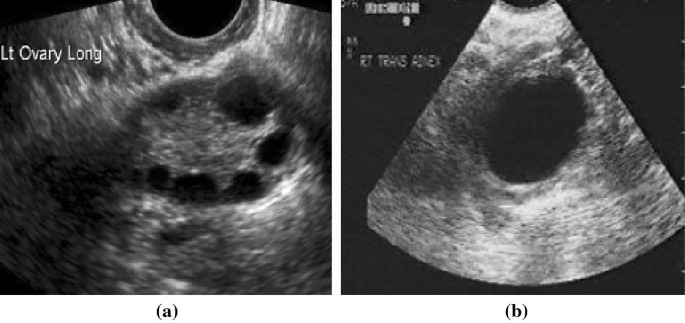
/what-are-ovarian-cysts-3520952_color3-5c454c9146e0fb0001415309.png)



